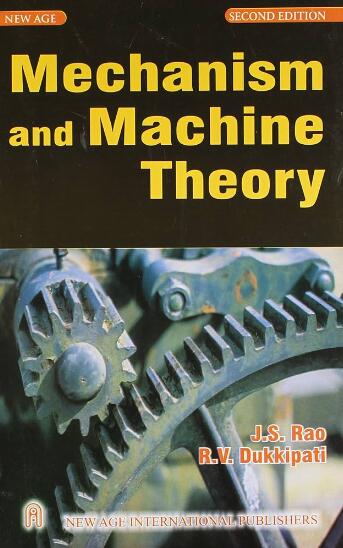Dynamic models for simulation of Cable-Driven Parallel Robots with elasticity and sagging
IF 4.5
1区 工程技术
Q1 ENGINEERING, MECHANICAL
引用次数: 0
Abstract
Cable-Driven Parallel Robots (CDPRs) are a type of parallel robots that uses cables instead of rigid links, making accurate modeling complex due to intricate cable dynamics. For simulation and control applications, it is appropriate to employ simplifying hypotheses to account for cable deformations. However, when high precision is necessary, models capturing the cable deformation become compulsory, making it challenging to balance model fidelity with computation time. This paper addresses this challenge, by proposing and comparing dynamic models of CDPRs that are both accurate and suitable for controller design. Leveraging recent advances in Finite Element Method (FEM) modeling for robotics, this paper extends recent findings and adapts them to the specific case of CDPRs. Additionally, a second model based on the assumed mode approach is extended to 3D context. The accuracy of both models is then compared with that of a lumped parameter model provided by the commercial software MapleSim, focusing on pick-and-place tasks to highlight the strengths and limitations of each approach for establishing a common benchmark. Following initial experimental validation of the models’ precision in a single-cable setup, the FEM model was selected as a comparison reference. Finally, simulation results for an eight-cable 3D suspended robot are presented.

具有弹性和下垂的缆索驱动并联机器人仿真动力学模型
电缆驱动并联机器人(CDPRs)是一种使用电缆代替刚性链接的并联机器人,由于复杂的电缆动力学,使得精确建模变得复杂。对于仿真和控制应用,采用简化假设来解释电缆变形是合适的。然而,当需要高精度时,必须建立捕获电缆变形的模型,这使得模型保真度与计算时间之间的平衡变得具有挑战性。本文通过提出和比较既准确又适合控制器设计的cdpr动态模型来解决这一挑战。利用机器人有限单元法(FEM)建模的最新进展,本文扩展了最近的发现并将其适应于cdpr的具体情况。此外,基于假设模态方法的第二模型被扩展到三维环境。然后将这两种模型的准确性与商业软件MapleSim提供的集总参数模型的准确性进行比较,重点放在拾取和放置任务上,以突出每种方法在建立公共基准方面的优点和局限性。在对模型的精度进行初步实验验证后,选择有限元模型作为比较参考。最后,给出了八缆三维悬架机器人的仿真结果。
本文章由计算机程序翻译,如有差异,请以英文原文为准。
求助全文
约1分钟内获得全文
求助全文
来源期刊

Mechanism and Machine Theory
工程技术-工程:机械
CiteScore
9.90
自引率
23.10%
发文量
450
审稿时长
20 days
期刊介绍:
Mechanism and Machine Theory provides a medium of communication between engineers and scientists engaged in research and development within the fields of knowledge embraced by IFToMM, the International Federation for the Promotion of Mechanism and Machine Science, therefore affiliated with IFToMM as its official research journal.
The main topics are:
Design Theory and Methodology;
Haptics and Human-Machine-Interfaces;
Robotics, Mechatronics and Micro-Machines;
Mechanisms, Mechanical Transmissions and Machines;
Kinematics, Dynamics, and Control of Mechanical Systems;
Applications to Bioengineering and Molecular Chemistry
 求助内容:
求助内容: 应助结果提醒方式:
应助结果提醒方式:


